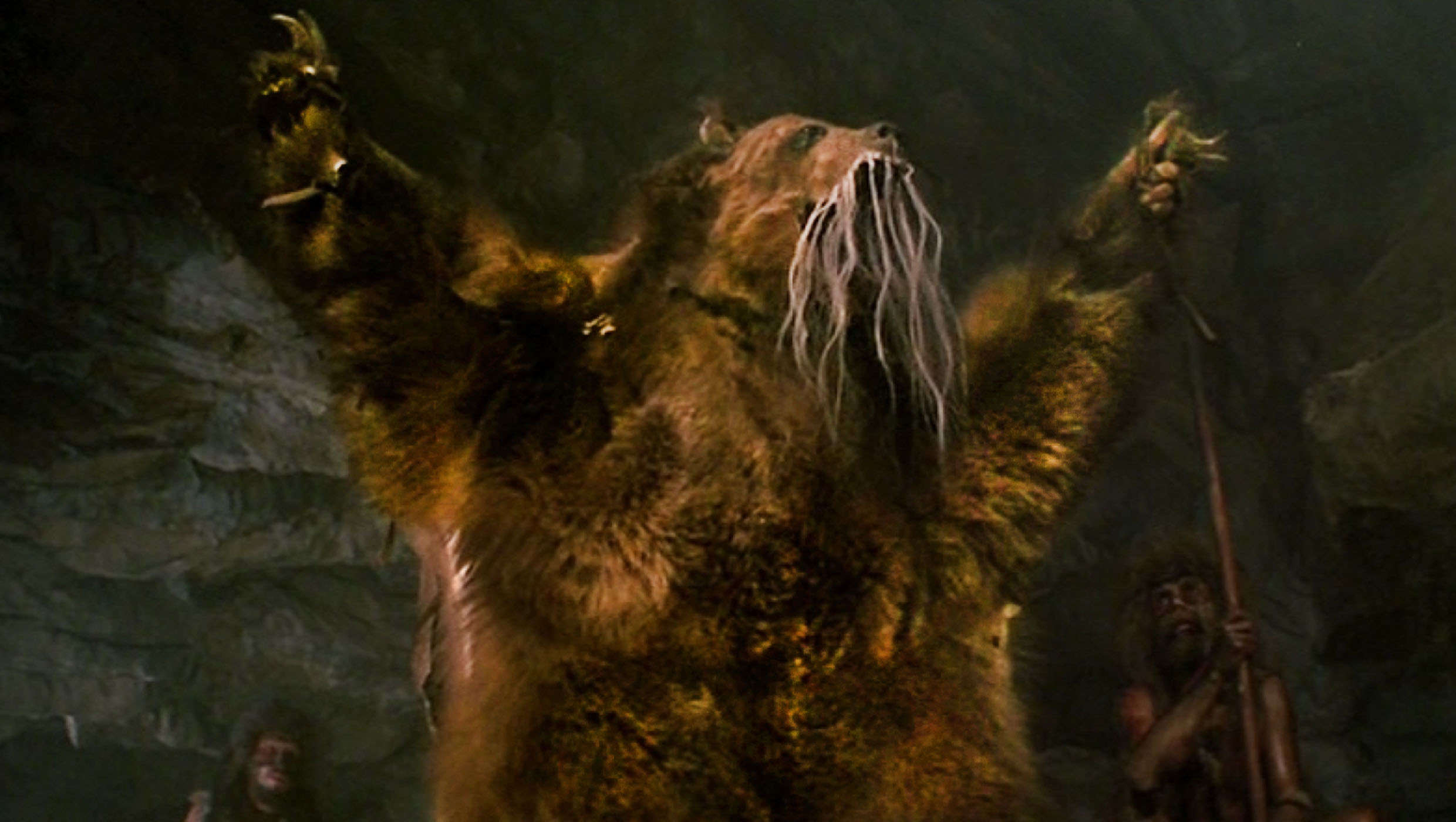Create a free profile to get unlimited access to exclusive videos, sweepstakes, and more!
Extinct cave bear looks fiercely alive after being mummified 30,000 years ago

Megafauna like mammoths and saber-tooth cats ruled the Ice Age, and bears (most of which are already enormous by human standards) were no exception.
In an unprecedented discovery, the first intact mummified body of an Ice Age cave bear has been unearthed on a Siberian island. It it thought to be somewhere between 30 and 40 million years old. The only remains of this animal that had surfaced in the past were skulls and random bones. This is why the find is so important — it could tell us things this species has kept hidden for tens of thousands of years. While research on the carcass is being planned on a huge scale, its emergence has excited scientists everywhere who have studied this enigmatic creature.
By the way, however monstrous it seems, the cave bear was actually a vegetarian even though most of its descendants ended up being omnivores or carnivores. Chew on that.
“This discovery is exceptional because, so far, no complete carcass of a large carnivore in such amazing condition has been found in the Siberian permafrost,” Professor Hervé Bocherens of the Senckenberg Center for Human Evolution and Paleoenvironment in Germany, who is not involved in the current study but had previously published his latest findings on the cave bear, told SYFY WIRE.
Permafrost has been melting and giving up its secrets. As scientist Lena Grigorieva and her research team from North-Eastern Federal University (NEFU) in Yakutsk, Russia, discovered, this bear mummy has all its soft tissues, from internal organs to its nose, impeccably preserved. It was fortunate that this specimen was handed over to researchers, because either ignorance or government regulations have doomed many specimens to remain buried where they will inevitably decompose. Cave bears were never thought to have lived so far north as the new specimen, which reindeer herders accidentally stumbled upon.
Radiocarbon analysis that will reveal the bear’s age will probably be the first thing Grigorieva’s team will find out as they go further and further back in time. They plan to use every scientific advancement and research method they can to learn more about the bear from molecular, genetic, cellular, microbiological, and other points of view.
“The development of paleogenetic research allowed scientists to better understand the relationship between the extinct cave bear and the modern brown bear, showing that both species are closely related, so closely that even interbreeding took place, as documented recently,” Bocherens said. “more scientific information, such as radiocarbon dating, descriptions of skeletal features such as teeth, and DNA analysis will sure that this is not the carcass of a recent brown bear or a hybrid.”
Cave bear fossils had stronger jaws and broader molars than brown bears, and it was their skull morphology that gave them away as a different type of bear than anything that had been found before. These were also the features that led them to believe it was vegetarian, but it was years of isotopic studies that confirmed it didn’t have a taste for flesh. What Bocherens and others wonder about is how such a massive creature was able to find enough plant foods to eat in freezing Siberia. Hibernation could have conserved energy over the long winter.
If the study of this (supposed) cave bear goes anything like the intact woolly mammoth and woolly rhino carcasses that have been found in Siberia before, the research team and scientists all over the world can expect to find out things from the preserved soft parts that would have been impossible to confirm otherwise.
“Not only it was possible to establish the morphology of soft parts never found in other fossil material, including features associated to adaptation to cold conditions (such as the type of hair and fur, fat layer under the skin, size of ears and tail) but also biochemical adaptations could be demonstrated, such as the structure and composition of haemoglobin and metabolism,” said Bocherens.
The remains of its last meal that may still be in its digestive tract could also finally settle what it ate to keep itself alive despite most plants dying off as temperatures plunged. Genetic material is also less likely to deteriorate in the softer parts of the body than DNA in bones. Parasites and other organisms that might have clung to its fur could also tell more about how it survived the extreme Siberian winters. Another intriguing find could be finding cave bear genes passed on to extant bears which could have given them the advantage of instant adaptation to climate change.
“It's now known that gene exchange took place among different species, and brown bears especially have been shown to carry genes from polar bears and cave bears," Bocherens said. “This suggests that, given the opportunity, some brown bear populations could adapt rapidly to new environmental conditions and potentially give birth to new species of bears more adapted to these conditions.”
While fewer than 10 fossils have been positively identified as cave bears, whose remains can easily be confused with those of still-extant brown bears, extensive study can confirm this is definitely the Pleistocene creature they assumed it was. That will literally make the find enormous.














